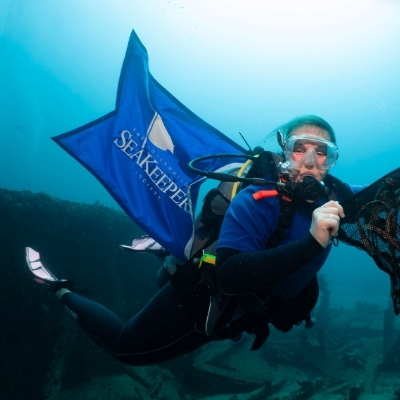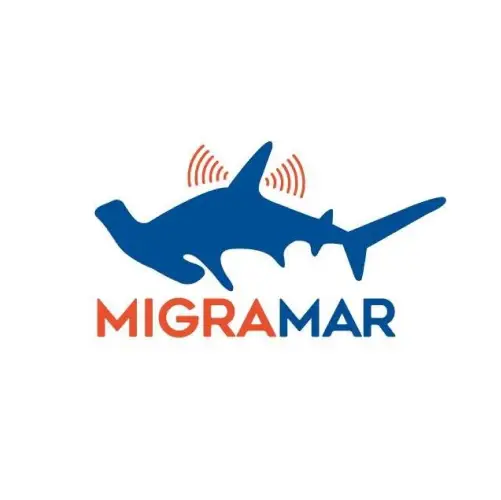Galapagos Marine Reserve Research
Project Overview:
Leading Galapagos shark scientist Dr. Hearn is spearheading extensive field research in the Galapagos Marine Reserve, posing an incredible opportunity for multiple vessels to assist in different aspects of this study. Timelines are flexible, and activities can be tailored to the vessel type and available space. Research goals include:
1. Using baited stereo-videos, Dr. Hearn will record the abundance and size structure of the open-ocean fish communities across 5 bioregions of the Galapagos Marine Reserve. This work would require 2-3 spaces onboard for researchers, a small vessel from which to deploy and recover the equipment, and some space for bait storage. The permit covers the entire reserve, so itinerary and timeframe are flexible.
2. Tagging and tracking the movements of smooth hammerheads in the western islands, blue sharks in the southern islands, and thresher sharks in the far northern islands to understand how the reserve protects highly migratory shark species.
3. Using a yacht-based helicopter to spot whale sharks in the southern islands, which the researchers will intercept tag by freediving from a speedboat.
4. Conducting night dives at different sites around the reserve that were surveyed two decades ago to compare population structure and abundance of the endemic Galapagos slipper lobster.
5. Determining if a bay on Isabela Island is a nursery for smooth hammerhead sharks by tagging hammerhead sharks and installing survey buoys. The research team would need to tow a 7-meter fishing skiff and base out of a cove in western Isabela with 3 scientists on board.
Program Partners
- Universidad San Francisco de Quito
- MigraMar
Location
- The Galapagos Marine Reserve
Expected Time Frame
- Flexible throughout 2025
Duration of Expedition
- 5-10 Days for each research goal
Accommodation Needed
- 3-5 Researchers
Special Equipment Needed
- Access to tender or smaller vessel; Compressor (for scuba diving)
Expedition parameters listed above are flexible and negotiable.
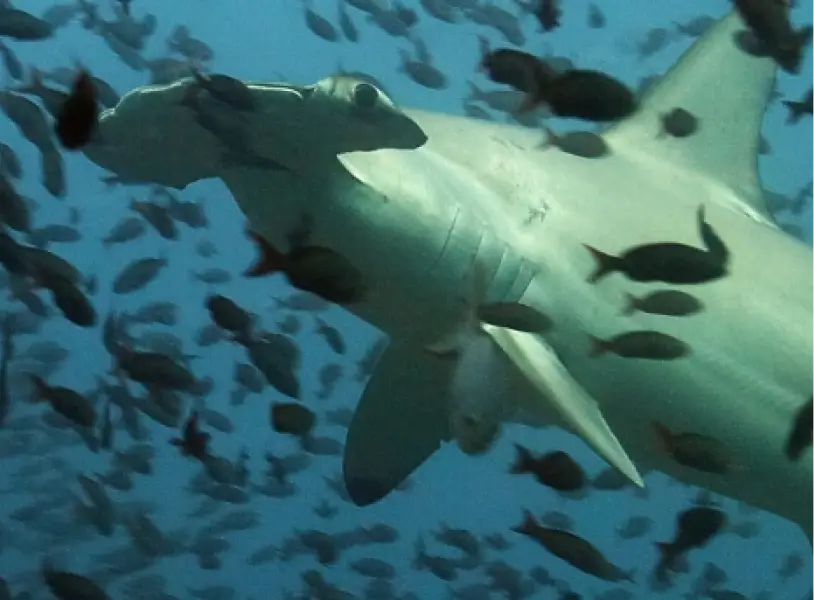
Background:
Dr. Alex Hearn has spent over 20 years carrying out research for the conservation of the Galapagos Marine Reserve. Galapagos is home to a small-scale commercial fishing sector made up of around 1,000 fishers. Fisheries management has been poor, and most resources are overexploited. This research aims to generate better biological information for some of the “forgotten species” including the slipper lobster, and to implement a transformative solution to fishing in Galapagos.
In 2006, Dr. Hearn pioneered shark research in the reserve by developing a partnership with the Galapagos National Park Directorate and tracking sharks at the islands for the first time. The team found that scalloped hammerhead sharks migrate between Galapagos and Cocos, among other findings. Over the years, they have identified shark nursery areas, migratory routes, and new hotspots. Dr. Hearn also led a scientific study in 2020 to justify expanding protection outside the reserve, which led to the creation of the Hermandad Reserve.
Mission:
The missions of this project are to understand the role of the Galapagos Marine Reserve for the protection of migratory sharks and to assess the less-studied species that are threatened by excessive local fishing, including the slipper lobster.
Objectives:
1. To contribute to a dataset of at least 100 deployments of stereoBRUVS in each of the 5 putative bioregions
2. To assess the population abundance and size structure of slipper lobsters at sites in comparison with 20 years ago
3. To understand the movements of pelagic sharks in relation to the protected areas of Hermandad and Galapagos
4. To close the migratory loop of whale sharks by tagging 5-10 individuals in the southern part of the reserve
5. To characterize the smooth hammerhead nursery ground and, based on this, predict other likely nursery grounds within the islands and on the south American coast.
Applications:
Data collected will potentially help change regulations around slipper lobster fishing and inform regulations in shark nurseries and migration areas of the Galapagos Marine Reserve. Dr. Hearn also involves his students in the research, incorporates it in class material and talks, and leads a class and outreach initiatives every semester at a campus on Galapagos.
Relevant/Previous Scientific Publication(s):
- Commentary: Addressing illegal longlining and ghost fishing in the Galapagos marine reserve: an overview of challenges and potential solutions
- Shortfalls in the protection of Important Shark and Ray Areas undermine shark conservation efforts in the Central and South American Pacific
- Divergent responses of pelagic and benthic fish body-size structure to remoteness and protection from humans
- Underwater ultrasonography and blood sampling provide the first observations of reproductive biology in free-swimming whale sharks
- A Blueprint for Marine Spatial Planning of Ecuador’s Exclusive Economic Zone around the Galápagos Marine Reserve
Program Partners:
Get Involved
If you’re interested in learning more about this specific program opportunity, please reach out to our team below to find out more about this program or get involved in other opportunities with SeaKeepers.
Explore More Opportunities
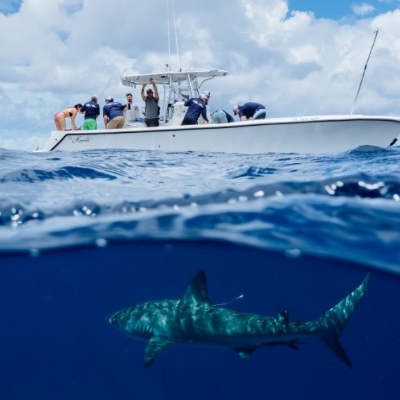
At-Sea Opportunities
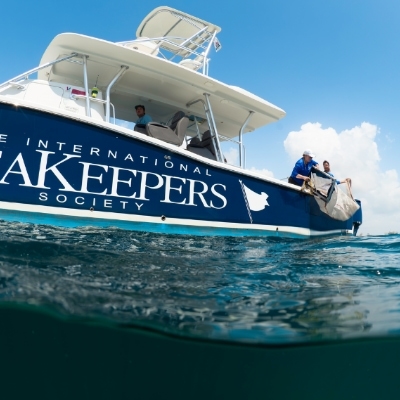
Citizen Science Opportunities
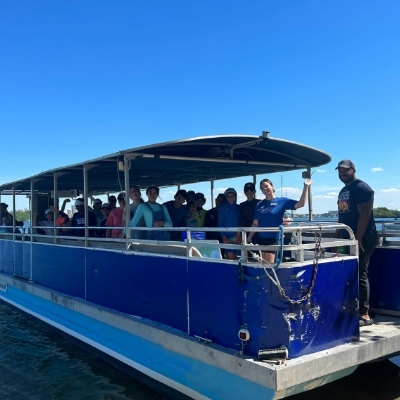
Education Opportunities
